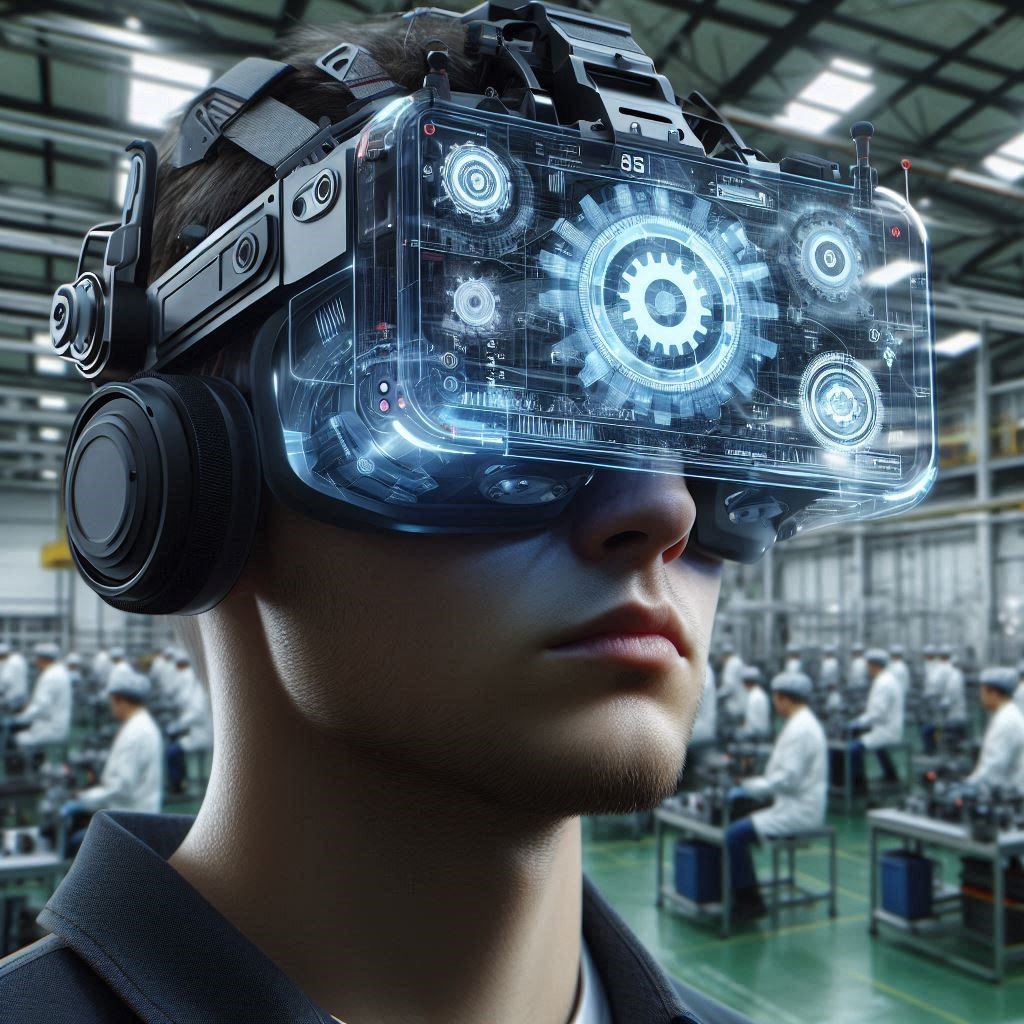Head-Mounted Displays (HMDs) are transforming the way we interact with digital content, offering immersive experiences across various domains including entertainment, healthcare, and industrial applications. As technology advances, the HMD industry is set to undergo significant evolution. This article explores the future of the HMD industry, highlighting key trends, innovations, and emerging applications that are shaping its trajectory.
The Head-mounted Display (HMD) Industry is projected to reach USD 26.4 billion by 2029 from USD 7.5 billion in 2024 at a CAGR of 28.8% during the forecast period.
1. Advancements in Display Technology
- Higher Resolution and Better Optics: The demand for more immersive experiences is driving advancements in display technology. Future HMDs will feature higher resolution screens, improved optics, and enhanced field-of-view (FOV), providing users with sharper, more detailed visuals.
- MicroLED and OLED Displays: Emerging display technologies such as MicroLED and OLED are expected to play a significant role in the future of HMDs. These technologies offer better contrast ratios, brightness, and color accuracy, contributing to more vibrant and realistic visuals.
2. Enhanced User Comfort and Ergonomics
- Lightweight and Adjustable Designs: To address user comfort, future HMDs will focus on lightweight materials and ergonomic designs. Adjustable head straps and improved weight distribution will enhance the comfort of extended use.
- Custom Fit and Personalized Adjustments: Advances in adjustable components and customizable fittings will cater to individual user preferences, making HMDs more comfortable and accessible for a broader range of users.
3. Integration of Augmented Reality (AR) and Virtual Reality (VR)
- Mixed Reality Capabilities: The integration of AR and VR into a single HMD will enable mixed reality experiences, where digital and physical worlds seamlessly interact. This convergence will open up new possibilities for gaming, education, and industrial applications.
- Spatial Awareness and Interaction: Enhanced spatial awareness and intuitive interaction mechanisms will allow users to interact with digital objects as if they were part of the real world. Advanced sensors and tracking technologies will facilitate more natural and immersive interactions.
4. Improved Tracking and Interaction Technologies
- Advanced Motion Tracking: Future HMDs will incorporate advanced motion tracking technologies, including eye tracking and hand tracking. These innovations will enable more precise control and interaction with virtual environments.
- Haptic Feedback: Haptic feedback technology will be integrated into HMDs to provide users with physical sensations, enhancing immersion and realism in both VR and AR experiences.
Download PDF Brochure @ https://www.marketsandmarkets.com/pdfdownloadNew.asp?id=729

5. Expansion of Use Cases and Applications
- Healthcare and Therapy: HMDs will continue to find applications in healthcare, including surgical training, patient therapy, and rehabilitation. Virtual simulations and real-time data visualization will aid medical professionals in diagnostics and treatment planning.
- Industrial and Enterprise Applications: In industrial settings, HMDs will be used for remote assistance, training, and data visualization. Enhanced capabilities will support tasks such as maintenance, assembly, and quality control.
- Education and Training: Educational institutions and training organizations will leverage HMDs for interactive learning experiences. Virtual classrooms, hands-on simulations, and immersive educational content will enhance learning outcomes.
6. Advancements in Connectivity and Processing Power
- Edge Computing and 5G Integration: Integration with edge computing and 5G technology will provide HMDs with higher processing power and low-latency connectivity. This will support real-time data processing and enable more responsive and immersive experiences.
- Cloud Integration: Cloud-based solutions will allow HMDs to access and share data more efficiently, supporting collaborative experiences and remote access to digital content.
7. Ethical and Privacy Considerations
- Data Security: As HMDs collect sensitive user data, including biometric information and behavioral patterns, ensuring data security and privacy will be crucial. Implementing robust security measures and transparent data practices will be essential.
- Health and Safety: Addressing potential health concerns related to prolonged HMD use, such as eye strain and motion sickness, will be a priority. Research and development will focus on mitigating these issues and promoting safe usage practices.
The future of the HMD industry is bright, with ongoing advancements in display technology, user comfort, and interactive capabilities driving its evolution. As HMDs become more integrated with AR and VR technologies, their applications will expand across diverse sectors, including healthcare, industrial, and education. With improvements in connectivity, processing power, and user experience, HMDs are set to revolutionize how we interact with digital content and engage with virtual environments.
As the industry progresses, addressing ethical considerations and ensuring user safety will be paramount. The continued innovation and adaptation of HMD technology will unlock new possibilities, making immersive experiences more accessible and impactful for users worldwide.